An Introduction to Coin Collecting for Beginners
There are many reasons people start collecting coins: for fun, profit, even investment. It's best to learn the basics before you jump in too quickly.
Numismatics is the technical name for studying coins and all other forms of money, more commonly known as coin collecting. There are many reasons that people become interested in coin collecting. Some people stumble onto the hobby by finding a curious coin in their pocket change, while cleaning out their house, or when using a metal detector. Others inherit a coin collection from a relative and are fascinated by it. And still others are introduced to the hobby via a family member, friend or by attending a numismatic-related event such as a Boy Scouts of America Coin Collecting Merit Badge Workshop. Regardless of how you get started, coin collecting can be a lifelong journey of fun and enjoyment, allowing you to make new friends and possibly making some money.
Collectors versus Accumulators
There are also many "coin accumulators" in the world. These people toss their curious coins into a jar or the bottom of their sock drawer. They don’t actively choose these coins or organize them as is necessary to be considered a true "coin collector". Once you decide to be a “coin collector”, you’ll see there are many ways to organize your coin collection. Some numismatic purists insist that the only way to organize a coin collection is by date and mintmark, however, there are as many different ways to organize a coin collection as there are coin collectors. These include collecting type sets, date sets, year sets, topical sets, proof sets , uncirculated mint sets, commemorative coins, bullion coins , etc.
Collecting Coins by Type Versus Series Year/Date
Collecting coins by type involves gathering coins based on the type of coin, such as a quarter, dime, nickel, or cent. For example, a type collection of United States nickels could include a Shield Nickel , Liberty Head (V) Nickel , Buffalo Nickel , and a Jefferson Nickel . Additionally, this type of collection may focus on collecting all the different types of coins produced by a particular mint or all the different types of coins from a given time period.
Collecting coins by series year/date involves assembling a collection of a particular type of coin. For example, most beginning collectors assemble a Lincoln Cent Memorial Reverse collection of coins. In other words, your collection of coins is based on the particular date range that the coin type was minted. This type of collection may focus on gathering coins from a certain era or coins from a particular mint. It may also involve gathering coins from a particular region or country.
The main difference between collecting coins by type and by series year/date is that the former focuses on the type of coin (or design), while the latter focuses on the year or date. Collecting coins by type is best for those who are interested in the history and design of coins while collecting coins by series year/date is best for those who want to focus on specific years or dates for the series. However, collecting coins by type requires an extensive knowledge of coins, while collecting by series year/date only requires understanding the history and context of the coin being collected.
What is a Type Set?
A type set is a collection of coins, tokens, or currency with a common theme or characteristic. Type sets are usually organized by country, era, and/or denomination. Type sets can include coins of the same type, date, or design or coins from different countries, eras, or denominations. Some type sets may also include tokens, medals, or other items related to the theme. Coin collectors and numismatists use type sets to build collections of coins that are historically or aesthetically interesting.
Different Ways to Build a Coin Type Set
By Type
This method involves collecting coins of a particular type, such as cents , nickels , or silver dollars. Only one example of each type of coin is required to build a collection such as this. In order to fit within your collecting budget, you can put additional stipulations such as "Silver Dollars of the 1800s and 1900s." This way, you would avoid purchasing expensive silver dollars minted in the late 1700s.
By Mint
This method involves collecting coins from a particular mint, such as Carson City, New Orleans, Philadelphia, or Denver. Many collectors focus on the Carson City mint to assemble this type of collection because it only entails purchasing ten coins:
By Key Dates
Collecting a type set by key dates is usually pursued by the advanced collector because the purchase of high-value coins is required. This method involves collecting coins from specific years that are considered rare or valuable. For example, if you wanted to assemble a type set of United States small cents , you would purchase the rarest coin for each type. For example, you would want to buy an 1856 Flying Eagle cent , an 1877 Indian Head cent , and the 1909-S V.D.B. Lincoln Wheat cent. This type of collecting does not include error or variety coins.
By Variety
This method involves collecting coins with different varieties such as die marriages or die states. This method of collecting is hugely popular for early American copper coins. This is because the dies (the metallic pieces used to stamp the image onto coins in the minting process) were manufactured by hand and the alignment of the 2 sides of the coin is not the exact 180 degrees it should be. Therefore, each die used to produce coins may be slightly different, even though they are for the same year.
Mint State Versus Circulated
Before you begin assembling your type set, it is best to do some research and set a budget in order to complete your collection. Regardless of your coin collecting budget, you will want to assemble a nice matched set of coins. If your budget allows, coins in uncirculated, mint state condition (often abbreviated as “MS”) will make a beautiful collection. However, if your budget doesn’t allow for all mint state coins, you will need to go to the next grades of coins which are Extremely Fine (“EF”), Very Fine (“VF”), or Fine (“F”). You can always get the current market value for the coin set you are planning to assemble by going to Greysheet. We have several subscription bundles that will give you the data you need to help you build the collection you want on any coin collecting budget.
Collecting by Series
Year Set Versus a Date Set
There are two different ways to collect coins by series. A year set would involve collecting one of each type of coin for a particular year without regard to mintmark. A date set would require you to collect one of each type of coin for each year from each mint that produced it. For example, a year set of Lincoln cents (commonly known as “Lincoln pennies” would require you to buy only one coin from 1909. Using this method, you can save money by purchasing the lowest-cost coin that fits into your collecting budget. Alternatively, a date set would require you to purchase four different Lincoln cents from 1909 : 1909 V.D.B., 1909-S V.D.B., 1909, and 1909-S.
Purchase Your Key Date Coins First
When collecting an entire series of coins, you may have to purchase one or more key date coins to complete your collection. Since a key date coin is rare and expensive and may consume a large part of your coin-collecting budget, you should carefully plan when to purchase those key date coins.
There are two schools of thought for assembling a series collection. The first is to purchase the key date last. Using this strategy, you'll have more experience selecting coins, especially if you buy raw (ungraded) coins. However, key date coins constantly increase in price and you may end up paying more for your key coins by waiting. The second strategy is to purchase the key date coins first. Therefore as the coin market increases over time, there is a chance that you purchase the coin at a lower price by buying it first. You can check the current market values of an unlimited number of coins by being a subscriber to one of Greysheet's packages, such as Collector+ , but if you're unsure which package is best for you, take our quiz to find out .
Matched Sets Look Better
When assembling a date or year set for particular series, it will look better if all the coins are approximately the same grade. For example, if you are assembling a set of Lincoln wheat cents and some coins are Mint State Red (abbreviated as “MS RD” while others are Extremely Fine Brown (abbreviated as “EF BN”), this mismatched set of coins will not look as impressive as a matched set.
Of course, obtaining high Mint State (MS) coins is what coin collectors dream about. However, not all coin collecting budgets allow that, so pick a quality level that fits your budget. Before you start assembling your date or year set, see if there are any showstoppers in the particular grade you want to acquire. If so, try the next lowest grade to see if that fits into your coin collecting budget.
Regardless of how you organize your collection, it is essential to protect your coins so that they will maintain their value and hopefully increase in value . There are many different ways to protect your collection, each of which has advantages and disadvantages, but the more valuable your coins are, the more you should spend on protecting them.
Why People Collect Coins
There are many different reasons why people collect coins. One goal many collectors have is to sell their coins for more than what they paid for them. An old adage says, "Collect coins for your enjoyment and for your heirs' profitability." If you buy a coin at a fair price and enjoy having that coin in your collection, you will never feel like you were ripped off. One of the best ways to find out if you bought a coin at a fair price is to check a coin’s latest pricing information, which you can find here . Our subscriptions grant you unlimited access to the most current pricing data in the numismatic world.
Other reasons include assembling a collection of coins for a feeling of accomplishment and admiring their beauty. Taking time to work on your collection also provides an opportunity to relax, like many other hobbies. There is also the social aspect of joining a coin club and participating in coin shows. People who are successful investors in coins, take the time to educate themselves by seeking out detailed information on the coins that they collect. This knowledge gives them an edge over the uninformed collector or dealer so they can always get the best deal when buying or selling.
Continuing Your Coin Collecting Journey
If you're ready to take your coin collecting experience to the next level, you need to seek out people and information that will guide you along your journey. This may include visiting coin dealers in your area and becoming familiar with them and the coins that they sell, but could also include going to shows and being part of the Greysheet community . This will allow you to ask questions and seek advice from dealers as well as experienced collectors and investors.
Also, some communities have coin clubs that meet regularly, so finding a local coin club will allow you to learn more about the coins you collect and meet people with similar interests. The Greysheet directory will help you locate dealers and organizations.
Though the internet is a wonderful source of information, it can also be a source of misinformation. That said, you have already found a very helpful resource to advance your coin-collecting knowledge by visiting Greysheet. Established in 1963, we are one of the most trusted sources of coin and currency information anywhere.
Some of the best books that beginner coin collectors can buy include Secrets of the Rare Coin & Bullion Business , as well as the Guide Book to United States Coins (A.K.A. "The Redbook"). These resources will allow you to educate yourself and study coins before you decide to start assembling a collection. Another sage bit of advice is, "Buy the book before you buy the coin." When you are ready to start buying and selling coins and need to know fair market prices, we also recommend any of the Greysheet subscriptions , as they contain the Collectors Price Guidance (CPG) as a valuable resource for researching values. The CPG is based on our award-winning wholesale values which take market-marker bids, spot prices and current auction data into account when determining valuation. Coin collecting can be a lifelong hobby that can be anything you want it to be. Assembling a coin collection that you can be proud of is a marathon, not a sprint. Collectors that rush to build a set of coins usually make many mistakes, including paying too much for the coins they purchased or buying counterfeit , damaged, or cleaned coins.
What exactly is a coin?
Everyone has heard about someone finding a rare coin in pocket change, a gold doubloon on the ocean floor, or inheriting Grandpa's vast coin collection. All these items are worth more than the intrinsic value of the metal they contain. This additional value, or premium, is because they are collectible numismatic coins.
Merriam-Webster's dictionary defines numismatics as "the study or collection of coins, tokens, and paper money and sometimes related objects (such as medals)." It also defines coins as "a usually flat piece of metal issued by a governmental authority as money." Since numismatics is a vast field of study, the term numismatic coins narrowed down to studying flat pieces of metal issued by a recognized government that functions as money.
Parts of A Coin
In the study of coins, numismatists use very specific words to communicate their findings or to describe coins to other coin collectors. Here is a brief list of the most common terms used to describe a coin.
-
Obverse - The front of the coin
-
Reverse - The back of the coin
-
Edge - The cylindrical side or outer border of the coin. It is also known as the "third" side of the coin
-
Rim - A narrow raised area on the circumference of the coin's surface. It is used to protect the design of the coin during circulation.
-
Field - The flat area of the coin that does not contain any design elements
-
Legend - The principal inscription or lettering on a coin
-
Motto - A short sentence or phrase chosen to capture the principles or ideals of a group of people
-
Portrait - An engraving of a person usually depicting only the head and shoulders
-
Date - The year the coin was made
-
Relief - The design of the coin that is raised above the field
-
Blank - A round piece of metal that the coin will be struck on
-
Planchet - A blank that has been through an upsetting mill to give it a raised rim around the circumference of the coin
-
Coin Press - The machine used to strike the design of the coin onto the planchet.
-
Reeding - Engraved or serrated lines on the edge of a coin
-
Clad - Two or more metals or alloys sandwiched together in layers
-
Bullion Coin - A coin issued by a government for its bullion value and not its face value
-
Coin Grading - The process of describing the quality of a coin taking into account its surface preservation, quality of the strike, condition of the planchet when struck, and eye appeal
-
Mintmark - A letter or letters added to the design of a coin to indicate which minting facility produced it. For more information about this, read below about the US Mint.
-
Circulated - A coin that has entered circulation and shows obvious signs of wear
-
Uncirculated (a.k.a. Mint State) - A coin that has never entered circulation and has all of its original mint luster
-
Business Strike (a.k.a. Circulation Strike) - A coin that is specifically minted to facilitate commerce within a country
-
Proof Coin - A coin that is specially prepared and struck with the highest standards of quality to be sold to coin collectors
-
Face Value - The stated value of the coin that is determined by the issuing country
-
Retail Value - The price that you would have to pay to obtain a coin from a coin dealer
-
Wholesale Value - The money you would get from a coin dealer when selling your coin
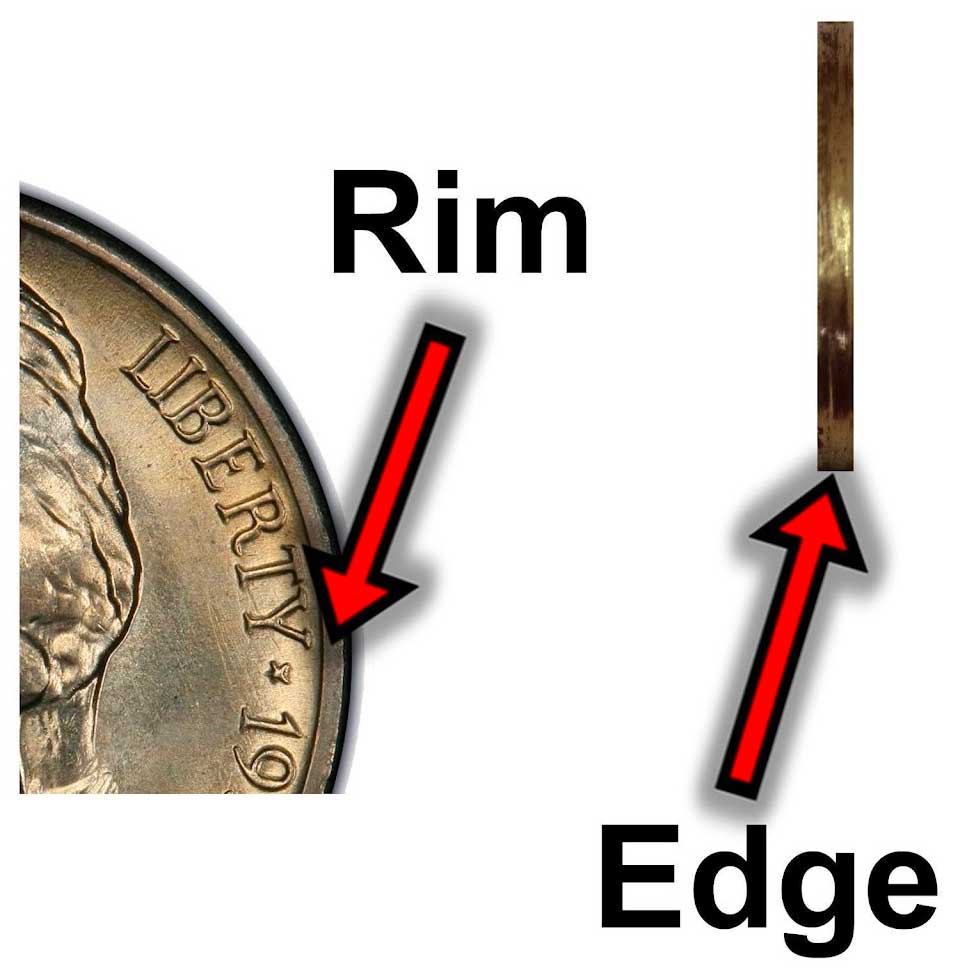
Close-up of the rim and edge of a Jefferson nickel
United States vs. World Coins
Just about every sovereign country around the world has its own coins and paper money. The United States is no different. Many people collect United States coins that have been issued since 1792. People assemble collections of United States coins by denomination, date and mintmark, year, or with sets.
Collecting coins from around the world is also very popular. There are as many ways to collect world coins as there are people who collect them. Some people focus on a particular country, one specific time, a theme, or a type (like mentioned above). The price of world coins can vary from just a few cents to thousands or even millions of dollars. No matter your coin collecting budget, world coins can be an excellent fit for your collecting journey.
Where to Get Coins
Many people start collecting coins right from circulation. For example, they may go through their pocket change and remove coins that interest them. You can then purchase a coin folder or album and begin filling it with the coins you have chosen.
However, some coins may be difficult to get from circulation. This is especially true for silver coins minted in the United States from 1964 and earlier because the value of the silver in the coin exceeds the face value. Therefore, most have been removed from circulation.
So where can you buy coins that you can't find in circulation? You can purchase coins via the Greysheet Marketplace , your local coin dealer with a storefront or from a trusted dealer through the mail, but before you do, make sure to check the latest prices for the specific coin you're looking for. You can also use the Greysheet Dealer Directory to find a coin dealer near you who specializes in an area of coin collecting that interests you.
Searching for coin shows near you where many dealers set up is another avenue to pursue what you’d like. Using this type of venue, you can search through many dealers' inventory in just a few hours.
Ending Your Coin Collecting Journey
There comes a time in every coin collector's journey when they need to step away due to financial limitations, life pressures, or time constraints. The goals of the collection may change or there may be a desire to swap out older pieces for better or different ones. As long as your coins are properly stored , their condition will not change. People who have collected coins for ten, twenty, or even fifty years or longer know the value of a well-organized collection and their heirs appreciate it even more.
When liquidating your collection, you must know its current value in order to receive top dollar. Collectible coins and paper money see their valuations change constantly over time, so you won't want to be dealing with values that are out of date. You can always get the most current and accurate prices from Greysheet with one of our subscription plans. From there, it’s always a good idea to check with the dealer you purchased many of your coins from to inquire about selling them.

Download the Greysheet app for access to pricing, news, events and your subscriptions.
Subscribe Now.
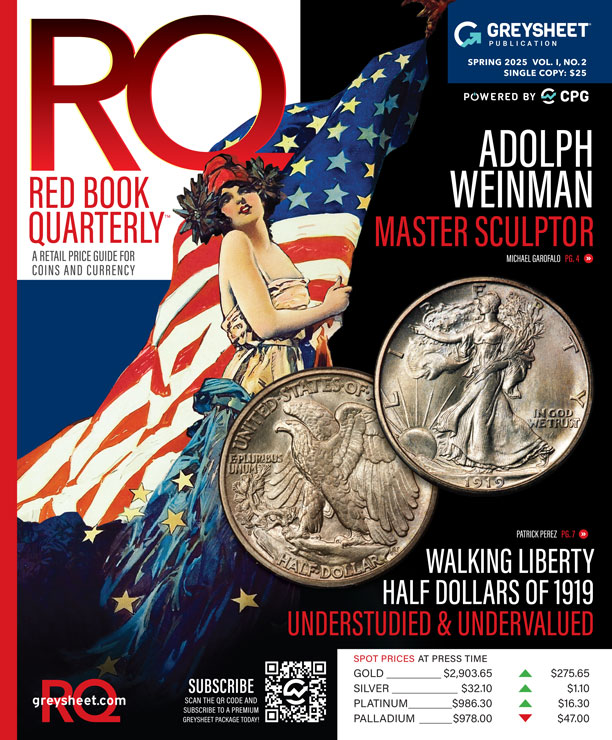
Subscribe to RQ Red Book Quarterly for the industry's most respected pricing and to read more articles just like this.
Author: James M Bucki
Related Stories (powered by Greysheet News)
View all news
A die variety occurs when there is an intentional or unintentional change or variation to the design on the coin die.
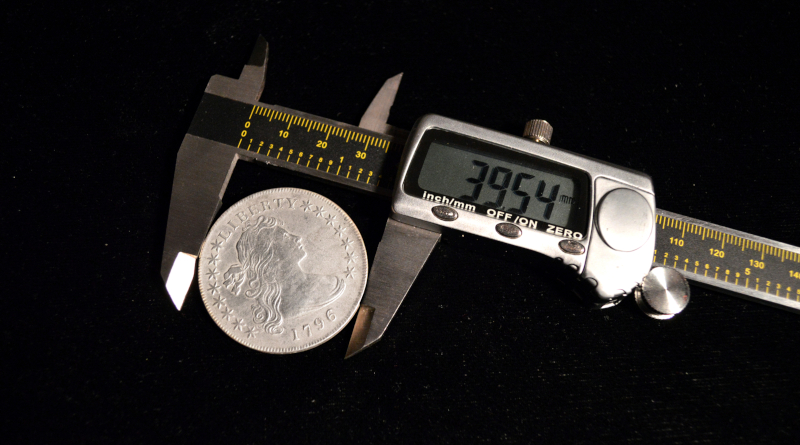
Detecting counterfeit coins is a science that requires skill and experience to perfect.
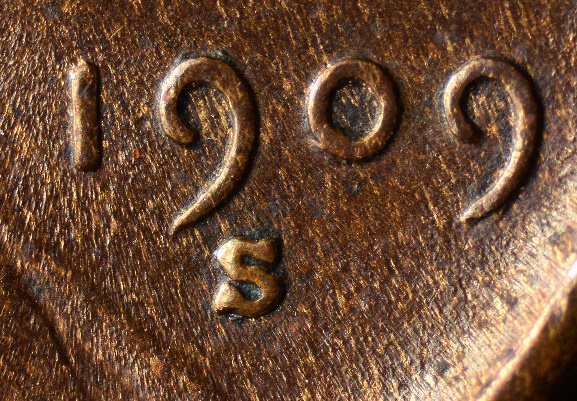
Being able to identify counterfeit and altered coins can save you hundreds, if not thousands, of dollars if you know how to do it well.


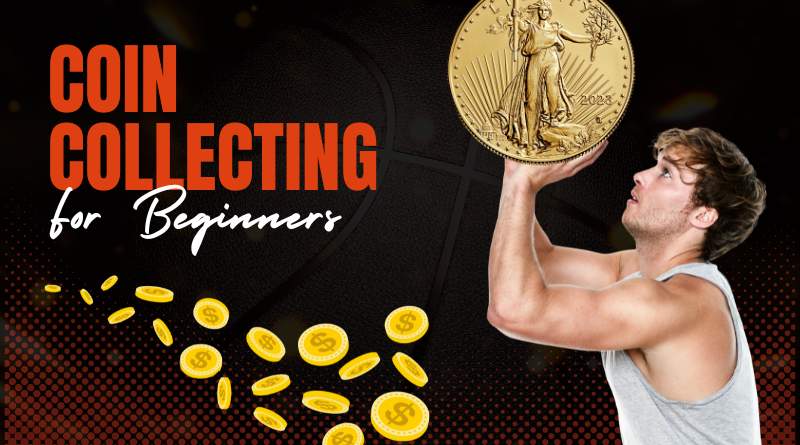






Please sign in or register to leave a comment.
Your identity will be restricted to first name/last initial, or a user ID you create.
Comment
Comments